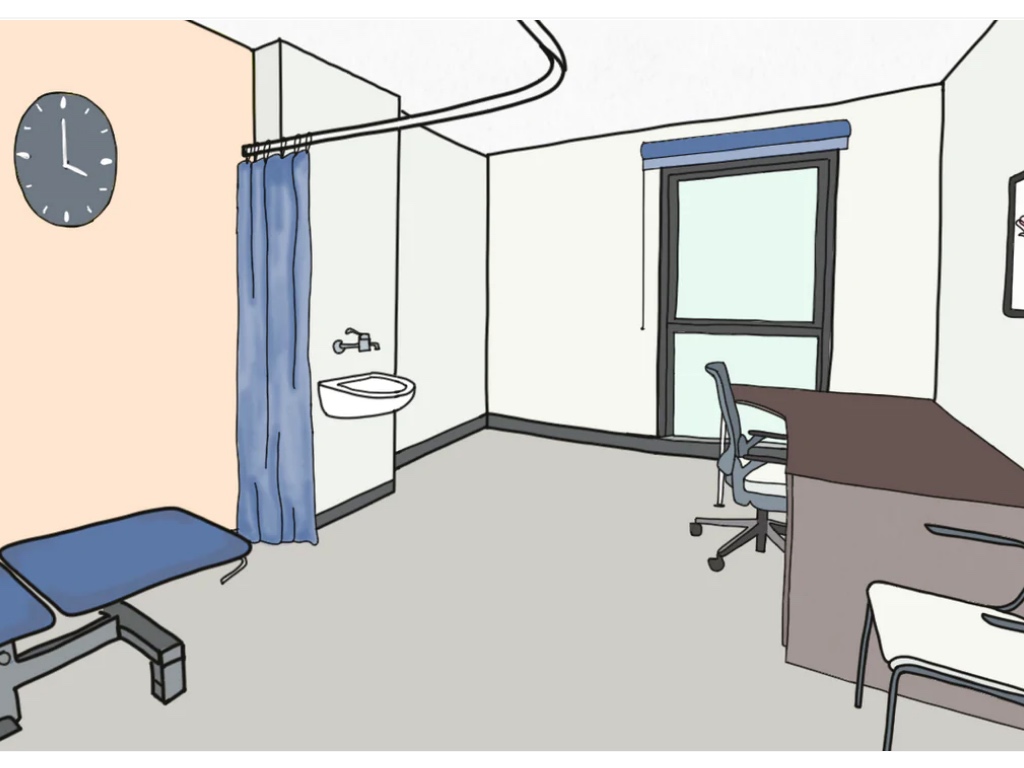Experts from the University of Stirling have created a new tool to support families, businesses, and professionals to make homes, premises and public places more accessible to an ageing population and those living with dementia.
The Environments for Ageing and Dementia Design Assessment Tool (EADDAT) combines the latest research on designing for cognitive change with the expertise of leading architects based at the University’s Dementia Services Development Centre (DSDC).
It replaces the DSDC’s Dementia Design Audit Tool, which was first developed in 2008 and has influenced the design of care buildings worldwide.
Following successful trials by Transport for London and Kirklees Council, EADDAT is now available to those seeking to make their buildings more accessible.
Lesley Palmer, chief architect at the DSDC, said: “Two thirds of people with dementia in the UK live at home in their community and it is a requirement that supermarkets, pharmacies, and other public places make reasonable adjustments to enable everyone to use their facilities.
“Research has demonstrated that dementia design can sustain independence and support quality of life for people with dementia.
It costs no more to use a dementia-friendly paint scheme or flooring that creates an inclusive environment than it does to make choices that prevent people from enjoying a building or public space
“Additionally, research tells us that age-friendly environments can help foster healthy and active ageing by building and maintaining cognitive capacities across the course of our lives. And this is increasingly more important as the global population is ageing.
Engaging with the environment
“This ground-breaking new tool is designed to be more accessible and covers an array of building types. Whether you are a person living with dementia, a small business owner, or commissioning a new care home, there is a version of EADDAT available to support you.”
People living with dementia perceive things differently.
For example, a black mat placed in the doorway of a shop may be perceived as a hole in the ground, which can make some people living with dementia fearful of crossing the threshold.
Palmer adds: “Age-related changes in our sight, hearing, and mobility affect how we engage with our environment.
“For example, changes in our eyes impact on depth perception, glare, and ability to distinguish contrast.
“An age-supportive environment would account for these changes and use design to support its users. Similarly, cognitive change such as dementia also requires specific environmental changes to be made to ensure the user can remain safe and independent.”
EADDAT provides practical solutions and guidance on how the design, layout, and furnishing of buildings and environments can make it easier for older people and people living with dementia to use places and spaces.
Best practice
The Tool is made up of three tiers – Tier 1 and 2, with Tier 3 still in development – with each reflecting the scale of intervention required.
Tier 1 is the entry level, created specifically for those wanting to make small changes to the home or in a small business and is available free of charge. Tier 2 covers a wider range of building types and is suitable for people living not only at home, but for business, healthcare settings, and other local organisations.
Research tells us that age-friendly environments can help foster healthy and active ageing by building and maintaining cognitive capacities across the course of our lives. And this is increasingly more important as the global population is ageing
Each tier supplies a complete user guide, assessment checklist, case studies, and best practice examples. There is also the option to receive an official audit and accreditation from the DSDC.
Kirklees Council is the first local authority to adopt the guidance, using it to develop its own dementia design guide.
Councillor Musarrat Khan, cabinet member for health and social care at Kirklees Council, said: “I have seen first-hand how DSDC’s design work can very positively impact on the experience of people living in a care home environment that is built using their design research.
“But, of course, most people live in their own homes in local communities.
“It is really important, therefore, that we apply the same attention to design to public spaces and buildings and to enable people to make simple changes to their own homes that will enable them to continue to live well.
The tool provides support and advice for architects designing healthcare buildings and care homes
Design that works for all
“While we talk about dementia-friendly design, the principles work for everyone.
“This is very much about inclusive design that works well for people at all stages of life.
“This design guidance is intended to be used by all of us for everything from major building projects to choosing a new doormat for our own home.
“Incorporating these design principles into every stage of the process is highly cost effective. It costs no more to use a dementia-friendly paint scheme or flooring that creates an inclusive environment than it does to make choices that prevent people from enjoying a building or public space.”
Transport for London has also included the tool in its new Sustainable Development Framework, which measures environmental performance on construction projects and promotes best practice in the property sector.
Palmer said: “EADDAT reflects the advances in our understanding of dementia design and empowers everyone to make a change and receive recognition for their efforts, no matter how small.”
